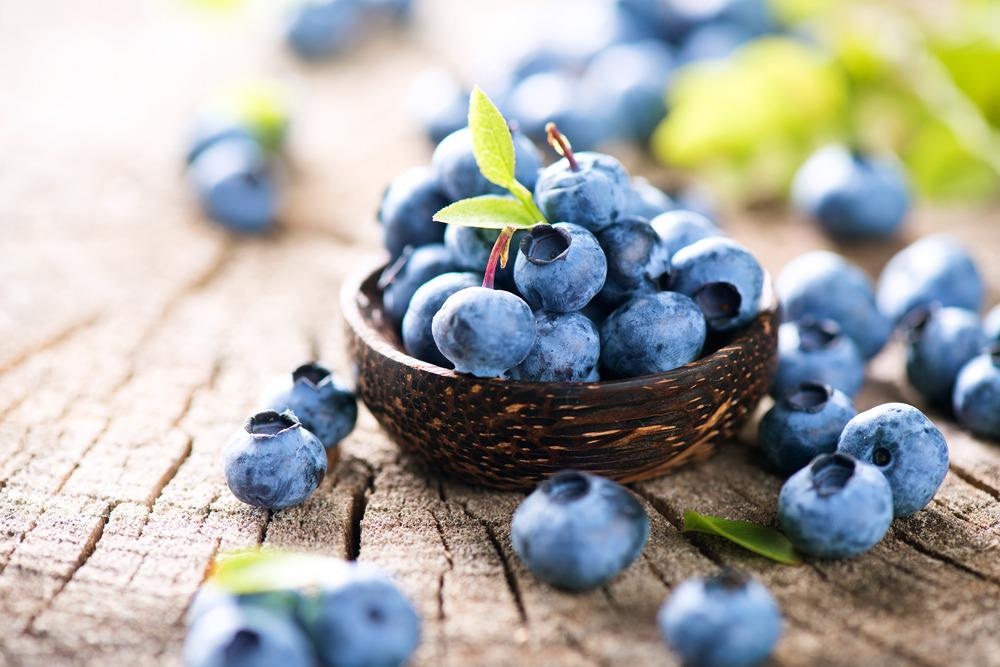Food insecurity is one of the more pressing issues the world currently faces. Between 720 and 811 million people went hungry in 2020, with the COVID-19 pandemic significantly pushing this figure up from previous years. Although many strategies are in place to address global hunger, it is predicted that there will be 660 million people still going hungry in 2030. Reducing food waste is one key strategy to increasing food availability and ensuring that our limited global resources are better allocated.

Image Credit: Subbotina Anna/Shutterstock.com
A recent UN global report revealed that 900 million tons of food are thrown out each year. In the US alone, roughly one-third of all food goes to waste. One major cause of food waste is fresh produce spoiling before it is consumed.
Scientists are developing innovative technologies to prevent food spoilage, from edible sensors that ensure produce is kept in optimal conditions while in transit to bioactive films that keep produce fresher for longer.
An international team of researchers from the United States Department of Agriculture and the Korea Food Research Institute has developed a novel microscopy technique that may help reduce food waste by identifying produce, specifically blueberries, that are more susceptible to spoilage. Here, we discuss this recent innovation and comment on its importance and what role microscopy techniques may play in the future fight against food waste.
The Importance of Protecting Produce Freshness
Protecting the freshness of produce, as discussed above, is a key strategy to preventing food waste and addressing food insecurity. Enhancing the shelf life of fresh food items can also help make them more accessible, affordable, and appealing to the population. This can have huge benefits on public health due to the nutritional profiles of fresh fruit and vegetables.
Blueberries were the focus of the current research, published in the journal Agronomy this year. Research has shown that blueberries reduce damage to DNA, which may help to prevent cancer and aging. Links have also been made between the consumption of blueberries and a reduced risk of cardiovascular disease and type 2 diabetes. They are full of antioxidants and phytoflavinoids and high in vitamin C and potassium, which has helped earn blueberries their ‘superfood’ status.
Unfortunately, because blueberries (and all berry fruits) have soft skin and high moisture content, they are highly vulnerable to microbiological spoilage and physical damage during transit. This limits their shelf life, leading to high levels of food wastage. Each year, the US alone produces around 680 million pounds of blueberries, equating to $758 million. Given that the US throws out around one-third of all food, the country may be wasting over 225 pounds of blueberries each year. If spoilage could be prevented, this nutritious food item would be more accessible to a greater number of people.
Evaluating Berry Firmness
The US/South Korean team recognized that firmness is a key factor in determining the quality of blueberries. Traditionally, a berry’s ripeness is determined by rolling the berry between the fingers and rating its firmness on a scale between 0 and 5. This method, however, is subjective and gives variable results. Over the years, numerous mechanical methods have been developed but these face a huge drawback in that they destroy the fruit when evaluating it. Alternative methods have been developed to overcome this challenge, such as those that utilize laser air puffs to evaluate firmness without destroying the fruits, however, these are not without their limitations.
Research has indicated that microstructural changes are apparent in berries that lose their firmness. Cell-to-cell adhesion of parenchyma cells seems to be lost and anthocyanin pigment leaks from the epidermis and hypodermis layers as berries become unripe. The researchers of the current project explored how they could measure these spatial and spectral indicators with microscopy.
Using Microscopy to Predict Ripeness
The team developed a method of measuring spatial and spectral characteristics of berry microstructures with hyperspectral microscope imaging (HMI).
A Fabry–Perot interferometer HMI system was used to magnify the mesocarp area of the blueberries. As a result, the scientists viewed the berries’ parenchyma cells in high resolution. The team processed the parenchyma cells and features such as cell shape, cell wall segment, cell-to-cell adhesion, and size of intercellular spaces.
The results of the study revealed that softer blueberries were more likely to have irregular shapes, loss of cell-to-cell adhesion, loosened and/or round cell wall segments, and large intercellular spaces.
They were also more likely to be more reddish in color than firm blueberries. The findings of this study demonstrate how microscopy can be used to highlight features linked with ripeness. It is possible that the technique could be leveraged to investigate other fruits. There is also a possibility of developing this method into screening processes that can predict which fruits will spoil fastest, an important tool for tackling food wastage.
References and Further Reading
Park, B., Shin, T., Cho, J., Lim, J. and Park, K., 2021. Characterizing Hyperspectral Microscope Imagery for Classification of Blueberry Firmness with Deep Learning Methods. Agronomy, 12(1), p.85. https://www.mdpi.com/2073-4395/12/1/85/htm
Shankar, S., Khodaei, D. and Lacroix, M., 2021. Effect of chitosan/essential oils/silver nanoparticles composite films packaging and gamma irradiation on shelf life of strawberries. Food Hydrocolloids, 117, p.106750. https://www.sciencedirect.com/science/article/abs/pii/S0268005X21001661?via%3Dihub
Worldwide food waste. [Online]. UN Environment Programme. [Online] Available at: https://www.unep.org/thinkeatsave/get-informed/worldwide-food-waste Accessed February 2022
Disclaimer: The views expressed here are those of the author expressed in their private capacity and do not necessarily represent the views of AZoM.com Limited T/A AZoNetwork the owner and operator of this website. This disclaimer forms part of the Terms and conditions of use of this website.